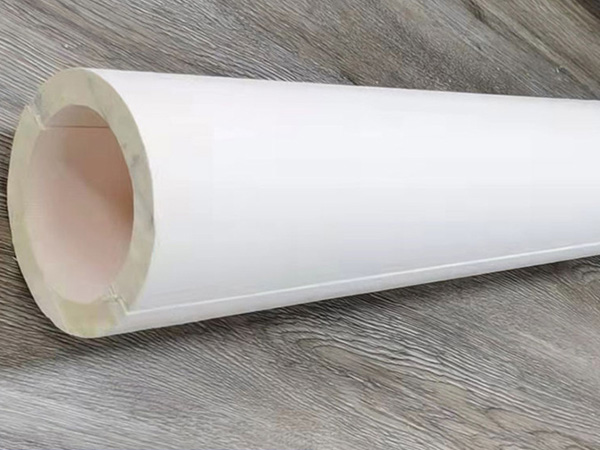
Fire-retardant and fireproof phenolic foam thermal insulation pipe shell
Our fire-retardant and fireproof phenolic foam pipe shell is a cutting-edge insulation solution designed for applications requiring both superior thermal performance and exceptional fire safety. Engineered with advanced phenolic foam technology, it provides reliable protection for pipelines in hazardous environments, industrial facilities, and commercial buildings where fire resistance is critical.
Key Features
Unmatched Fire Resistance
Class A1 Fire Rating (Non-combustible, EN 13501-1)
Flame spread index ≤5 (ASTM E84)
Withstands temperatures up to 300°C without structural failure
Low smoke and toxicity during combustion
Superior Thermal Insulation
Ultra-low thermal conductivity (0.022 W/m·K)
Maintains insulation efficiency even under fire conditions
Reduces heat loss by 40% compared to standard insulation
Durable & Long-Lasting
High-density phenolic foam (≥65 kg/m³)
Compressive strength ≥220 kPa
Resistant to vibration, impact, and mechanical stress
Moisture & Chemical Resistance
Closed-cell structure prevents water absorption (<0.5%)
Resists oils, mild acids, and industrial chemicals
Eliminates corrosion under insulation (CUI)
Easy Installation
Pre-fabricated shells for pipes, valves, and fittings
Lightweight design simplifies handling
Compatible with adhesives or mechanical fasteners
Applications
✔ Oil & gas pipelines (refineries, petrochemical plants)
✔ Power plants (steam lines, boiler systems)
✔ Commercial buildings (fire-rated service shafts)
✔ Tunnels & underground utilities
✔ Marine & offshore installations
Why Choose Our Fireproof Phenolic Pipe Shell?
Dual Protection – Combines thermal insulation with passive fireproofing
Verified Safety – Tested to international fire standards (EN 1363-1, ASTM E84)
Low Maintenance – No reapplication or frequent inspections required
Space-Efficient – Thinner than traditional fireproofing materials
Technical Specifications
Operating Temperature: -40°C to +300°C (intermittent)
Standard Thicknesses: 25mm, 40mm, 50mm (custom available)
Pipe Diameters: 15mm to 500mm
Facing Options: Aluminum foil, stainless steel, or fiberglass reinforced
Installation Guidelines
Ensure clean, dry pipe surfaces before installation.
Use high-temperature adhesive or mechanical fasteners.
Seal joints with fire-rated tape or mastic.
For extreme conditions, consult our technical team for specialized solutions.
Conclusion
Our fire-retardant and fireproof phenolic foam pipe shell sets a new standard for safety and efficiency in pipeline insulation. It delivers reliable thermal performance, unmatched fire resistance, and long-term durability, making it the ideal choice for high-risk environments.
Contact us for custom solutions tailored to your project requirements!
Note: Fire resistance duration depends on system design, including supports and penetrations. Always follow local fire safety regulations.
How Phenolic Pipe Insulation Section Controls Condensation and Protects Pipelines
Learn how Phenolic Pipe Insulation Section stops pipeline condensation and improves energy efficiency. Discover the science behind phenolic insulation, its performance benefits, and why choosing a reliable phenolic insulation manufacturer in China or Chin
2025-11-02
Thermal Insulation Cotton Explained: How It Retains Heat
Learn how thermal insulation cotton works to retain heat and save energy. Explore its science, benefits, and the advantages of sourcing in bulk from a trusted Chinese manufacturer and supplier.
2025-10-30
Rubber Foam Board Installation Guide: Key Issues and Practical Fixes
A complete guide to installing rubber foam boards efficiently. Explore common installation problems, expert fixes, and the benefits of sourcing high-quality rubber foam insulation in bulk from a reliable Chinese manufacturer.
2025-10-29
What Is Sound Insulation Cotton and How Does It Work?
Learn everything about sound insulation cotton — its composition, working principle, and wide applications in noise reduction. Discover the benefits of sourcing bulk acoustic insulation cotton directly from a reliable Chinese manufacturer.
2025-10-27



